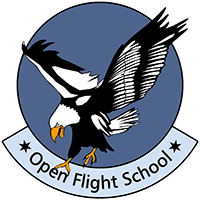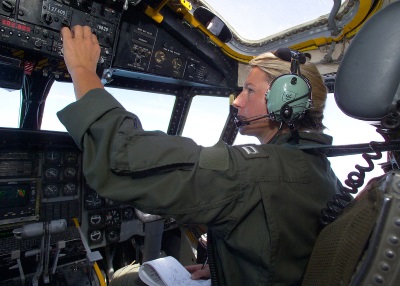Basics for Radio Communication
1. Overview
Communication with other aircraft, as well as with ground stations, is of enormous importance when flying. This allows short-term procedures to be regulated and incidents to be prevented. But military cooperation between ground troops, control centres and aircraft would otherwise also be near impossible. Even cockpit-internal conversations often cannot be conducted without using technology due to mouse levels. In the past, all this had to be done by hand signals and / or light signals. Today, thanks to radio or wired systems, this problem no longer exists.
Smaller aircraft and helicopters are equipped internally with a communication system, which basically only connects all seats by cabling. Technically, this is essentially like a telephone and is called the Intercom. So everybody can talk to everybody and everybody can hear everything like in a conference call. Of course, this can also be prevented, so that only the copilot and pilot can say something and any passengers can only listen. Certain airplanes also have a connection for the intercom cable on the outside of the fuselage. This allows the ground crew to talk directly to the aircrew and to disconnect the connection just before the aircraft begins to taxi.
In addition there is actually at least one radio in every aircraft for external communication, but very often there are considerably more. By means of appropriate radio channels, on specific frequencies, the radiotelephony traffic can take place. This is done with the tower at the airfield, with the air safety (which controls larger parts of the airspace by radar) and / or with other airplanes. Communication takes place by voice, and English is the usual language for international air traffic.
The fact that you usually do not talk to your conversation partner about the last weekend or lunch in the canteen, but exchange important information, a few standard phrases are sufficient to achieve the basic aim. But even for this, abbreviations and unambiguous language methods have become established. They are unmistakable and can even be understood with an accent. Military pilots use many more abbreviations. They do this in order to exchange as much information as possible with as little language as possible. But more about that later.
In real life, everyone needs appropriate training and examination for transmitting. The so-called radiotelephony licence is available in different levels and is not so easy. Real pilots are obliged to pass the necessary level for the radiotelephony licence during the training. (more info)

